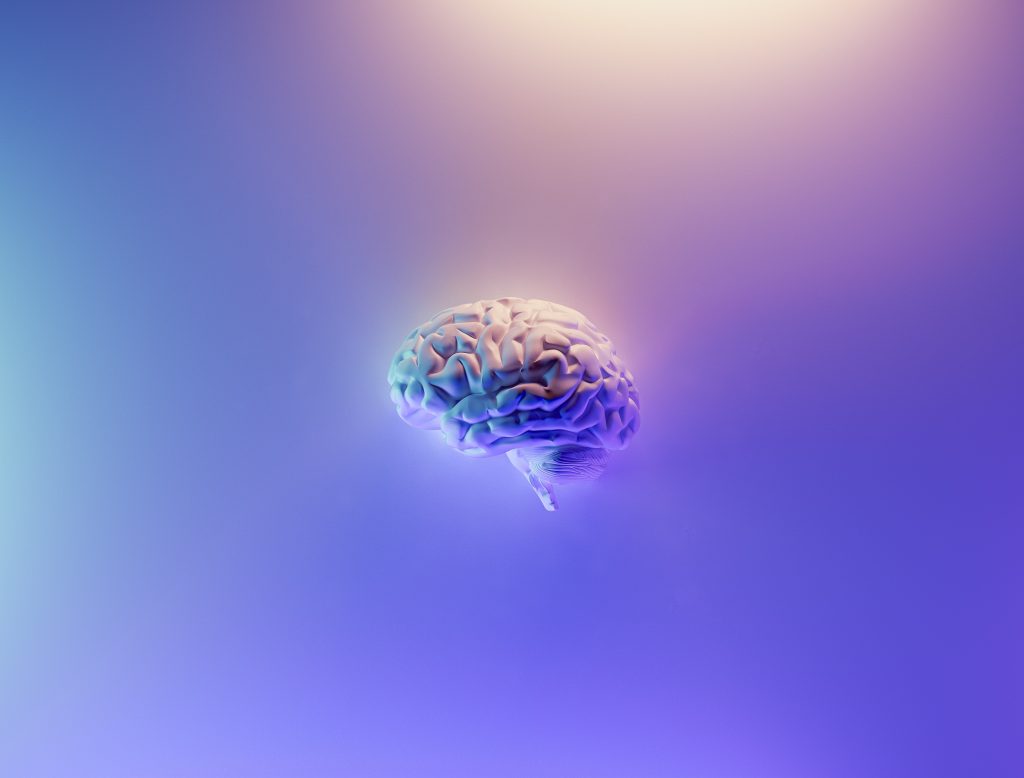
Anxiety can have both physical and emotional aspects. Understanding how it relates to certain parts of our brain can be really helpful.
Your brain has a very important part, called the amygdala (a-mig-duh-luh). This is the oldest (in evolutionary terms) part of your brain and it has one function, which is to ensure your survival.
So, what is the amygdala?
It’s the part of your brain that looks out for anything risky or dangerous and reacts accordingly. One way to think about it, is that we’re only here as a species because of our fearful ancestors who assumed each plant, insect or animal was highly dangerous!
The amygdala is quick to react and it’s also not very sophisticated.
It’s primed to assume the worst because, remember, it’s only interested in your survival.

It receives information from two main sources.
- What’s happening ‘out there’ in the environment
AND
- what’s happening in another part of your brain, called the cortex, where your thoughts are formed.
If, in either of these places, it detects something it considers to be threatening then it acts as an alarm, triggering off our defence system.
So, whether we’re daydreaming and fail to spot the car hurtling towards us as we go to cross the road, or whether our thoughts have wandered into the territory of everything that could go wrong at an upcoming work meeting, the amygdala will do the same thing; set off our defence system.
When reading about anxiety you might have heard this described as ‘fight or flight’ and it means there’s a release of cortisol and adrenalin into your body.
These can cause a range of physical feelings:
- Heart racing
- Feeling restless
- Butterflies in the stomach
- Shortness of breath
- Changes in body temperature
- Dizziness
- Dry mouth
- Inability to sleep
In the immediate moment, these physiological changes can help us to react fast and get ourselves out of danger, but they aren’t always so helpful in day to day situations.
The good news about anxiety?
We can do things to help our reactive amygdalas.
Learning to soothe ourselves physically helps to ‘dial down’ the defence responses we are experiencing and send messages of safety back to the amygdala.
And working on our thinking patterns reduces the cues of danger that our amygdala is ‘listening out for’ and reacting to.
Combining body based and creative approaches with cognitive behavioural therapies can tackle anxiety from two angles, helping you to live with your anxiety, rather than being controlled by it.

Leave a Reply